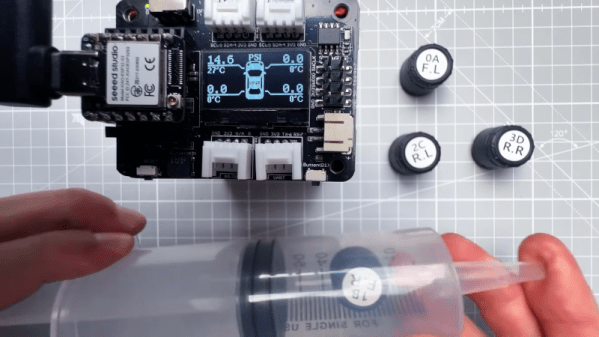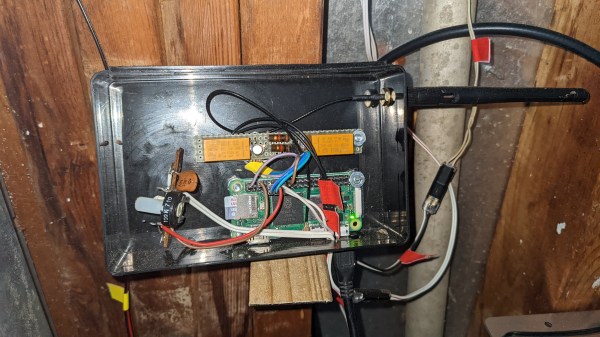As a classic car enthusiast, my passion revolves around cars with a Made in West Germany stamp somewhere on them, partially because that phrase generally implied a reputation for mechanical honesty and engineering sanity. Air-cooled Volkswagens are my favorites, and in fact I wrote about these, and my own ’72 Super Beetle, almost a decade ago. The platform is incredibly versatile and hackable, not to mention inexpensive and repairable thanks to its design as a practical, affordable car originally meant for German families in the post-war era and which eventually spread worldwide. My other soft-spot is a car that might seem almost diametrically opposed to early VWs in its design philosophy: the Mercedes 300D. While it was a luxury vehicle, expensive and overbuilt in comparison to classic Volkswagens, the engineers’ design choices ultimately earned it a reputation as one of the most reliable cars ever made.
As much as I appreciate these classics, though, there’s almost nothing that could compel me to purchase a modern vehicle from either of these brands. The core reason is that both have essentially abandoned the design philosophies that made them famous in the first place. And while it’s no longer possible to buy anything stamped Made in West Germany for obvious reasons, even a modern car with a VIN starting with a W doesn’t carry that same weight anymore. It more likely marks a vehicle destined for a lease term rather than one meant to be repaired and driven for decades, like my Beetle or my 300D.

















